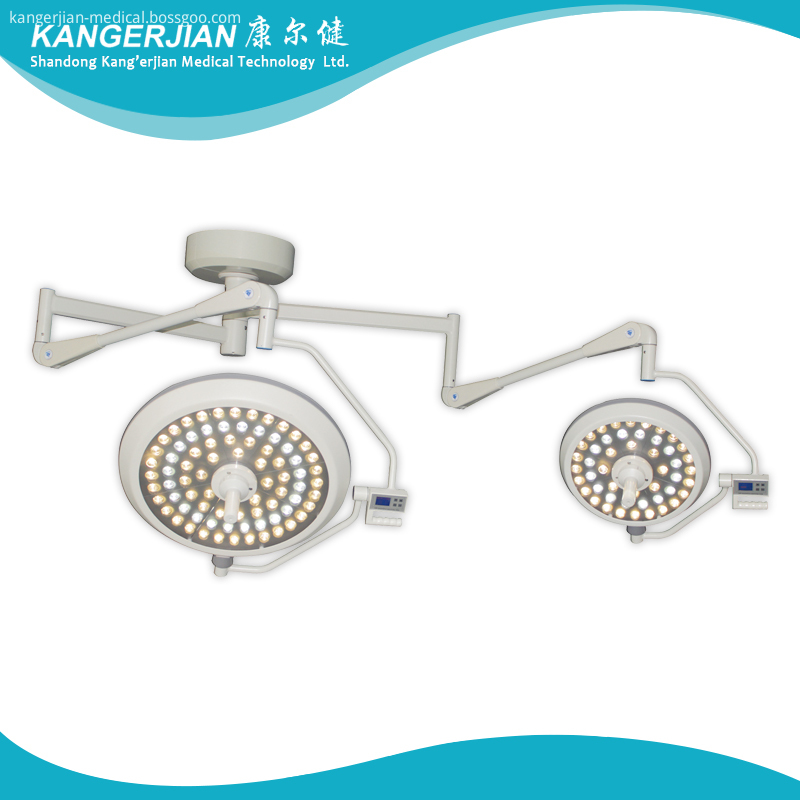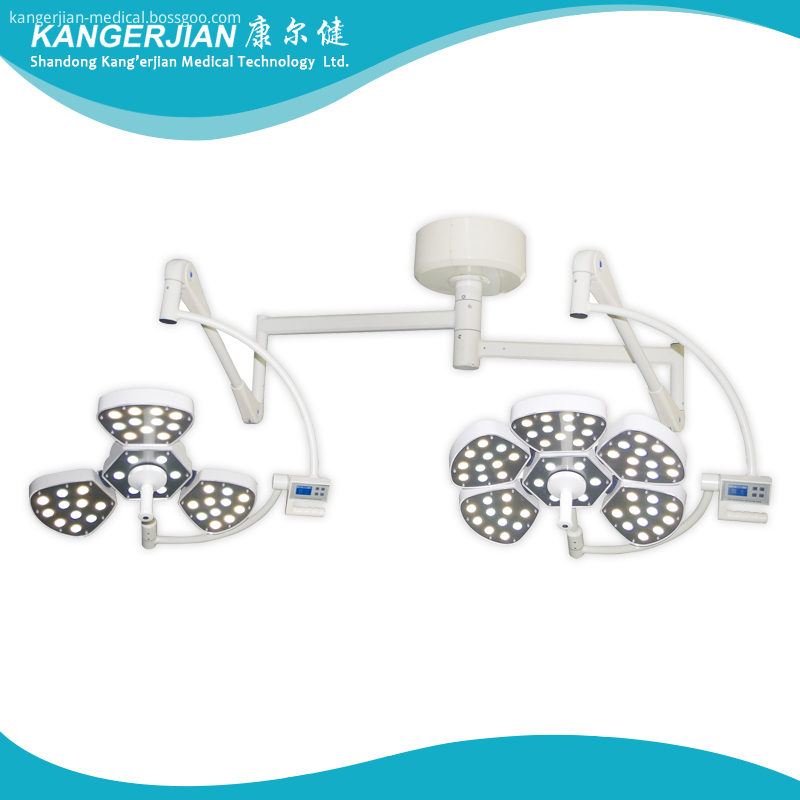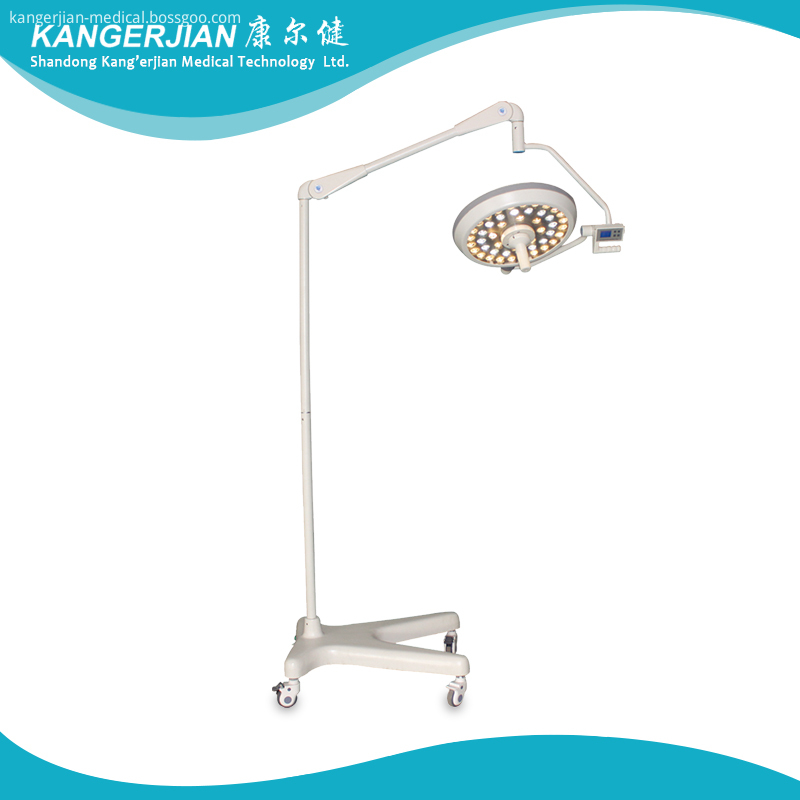The black swan is native to Australia and is an important member of the Swan family. It is a famous ornamental bird in the world. The physical characteristics of the body except for the small part of the primary flight feathers are white, the rest of the feather body is dark, back covered with flocks of gray feathers. Bright red, with a V-shaped leucorrhea at the front. Iris red, black, body weight 4 kg -7 kg, neck is often "S"-shaped bending, dignified and beautiful body. Its temperament is gentle and easy to raise. In the spring and autumn of our country, two litters can be bred each year. With artificial stimulation of spawning, 4 litters and 5 litters can be produced, and the number of eggs can reach 30. The black swan's breeding method is simple and its disease resistance is strong. It is a labor-saving and highly effective breeding industry.
Environmental conditions and feeding methods
Sites with large environmental conditions should be selected far away from towns, villages and living quarters to avoid external interference as much as possible. There are natural waters and places where weeds are more suitable.
Naturally scattered black swan in the case of free-range, the water area can be large or small, generally 100 square meters of water can be stocked with 1 pair of geese. A number of emergent plants are planted in the pond. The empty area of ​​the pond can be used as a seasonal rotation for pasture, and some trees are planted for summer shade. A 1.5-meter-high mesh or fence is placed around the free-range area to prevent other animals from entering the disturbance and affecting their growth and reproduction. The pool water should be disinfected regularly. Generally, 50 kg of fresh lime powder or 20 kg of bleaching powder shall be sprinkled on the surface of the water per mu (1 mu is about 1/15 ha). In the case of free-range breeding, the black swan should be artificially winged or sheared once a year to prevent flight. The method of shearing feathers is simple, and the specific operation method is to cut the 5 to 6 primary feathers after changing the feathers each autumn.
The area of ​​cages is 30 square meters, including a pool of 10 square meters and a depth of 60 centimeters. Each breed of 1 goose is housed and the pool water should be replaced regularly.
Feed standard
The goose feed is mainly composed of concentrated feed (granular material available for laying hens), supplemented by green feed (including pasture, vegetables, etc.). When entering the breeding season, 5% of fishmeal and 3% of shell powder must be added to the concentrate to meet its reproductive needs.
The goose feed diet accounts for 70% of concentrated feed and green feed accounts for 30%. Concentrates use high-protein broiler pellets.
Young goose goslings go into the young geese feeding stage when they reach 4 months of age. Concentrated feed can be used to convert granules from broiler chickens and provide green fodder for free feeding.
Geese pairing
The free pairing of young geese began mating at 18 months of age, allowing them to freely choose their spouses in free-range areas. Pairs of successful swans can't separate from each other, and the pairing can be considered as successful. The formation of the pairing is relatively stable, and there is a phenomenon of husband and wife.
Artificially forced pairing For a swan that has not been paired successfully with a free contingent, pairs of sexual stimuli can be used to resolve their spouse problem. The method is to pair the black swan 1 male and 1 female who are not paired into cages in neighboring cages and familiarize them with each other. If the two gooses come together, nodding their heads to express love, they can be placed in the same cage for feeding. After the pairing is successful, you can put it into the free-range breeding area; if it fails, you can change the goose one more time. Normally, it can be successful once.
Breeding work
Provide nesting black swan into sexual maturity at the age of 20 months, during this stage to provide dry grass, yew grass, straw and other nesting materials around the venue for its free pick building a nest nest.
The natural hatching black swan can spawn after nesting. Generally, the first egg is produced between 8 days and 15 days after the first mating, and the next one is born every other day. Each nest can produce 6-7 pieces; if it is allowed to hatch naturally A small shed must be set up on the top of the nest to shade the rain. Remember to eliminate human interference during incubation.
Artificial hatching After the first egg is produced, the egg is removed from the nest and replaced with a dummy egg. After that, the newly produced egg is taken out and the dummy egg is finally taken out. Take precautions when taking eggs manually to prevent them from being attacked by swan wings and causing injury. Generally 20 days after the swan can enter the second spawning period, the second clutch allows natural hatching. The eggs can be stored for 4 days to 5 days. When the eggs are large, the machine can be used for hatching. The amount of eggs can be manually hatched using simple methods. Generally, it is better to use warm water (hot water bottle) to hatch. Schwing's plan is better for warming hatching. From 1 day to 15 days to 38°C, 16 days to 32 days to 37.5°C, and 33 days to 35 days to 36.8°C. After 25 days of development, the eggs were dried once every day for 5 minutes to 8 minutes. After 32 days, artificial moistening was performed. (Spraying warm water) to increase the hatching rate of the eggs and the goslings are shelled for 35 days.
Brooding
Naturally hatched swan broods allow geese to breed their own broods. The effect is ideal. The hatched goose brooding should do the following:
The temperature is from 35°C to 32°C for 1 day to 7 days out of the shell, then drops 1°C to 2°C every week, and gradually decreases to the natural temperature. The temperature is appropriate or not depending on the mental state of the gosling.
After the diseased goslings hatched, the serum of the gosling quail was injected subcutaneously in the neck within 24 hours.
After feeding goslings, they can drink warm boiled water 30 hours after hatching, add antibiotics to drink in water for 3 days, feed for 2 hours after drinking, and feed broiler chickens 6 times - 7 times a day to freely drink water.
Health and Quarantine Measures
The culture area is regularly cleaned, kept clean, and disinfected with a disinfectant solution to kill various pathogens. Commonly used disinfectants include quaternary ammonium salts, iodine-containing preparations, etc., and disinfectant drugs should be regularly replaced.
During the breeding period, broad-spectrum antibiotics such as amoxicillin, oxytetracycline, cyproterone, etc. can be used monthly or fed with Chinese herbal medicine for 3 days to prevent poultry disease.
The geese injected intramuscularly with gosling ticks and goose paramyxovirus vaccine once a year at the beginning of March each year.
Prevention of common diseases
The main diseases of the black swan are gosling plague, E. coli disease, goose paramyxovirus disease, fowl cholera, and parasitic diseases. While doing routine work, it is necessary to observe the black swan’s mental state regularly to achieve early detection. Early isolation, early treatment, symptomatic medication to prevent the spread of poultry disease.
Imported French lens
mould Die-casting Eight edge type Revolving arm
Each LED can be replaced individually, which guarantees maximum economy.
Configuring lightweight balance arm suspension system ,six groups universal joint linkage ,mobile, lightweight positioning and stablibity .A 360°all-round design ,can meet the need for surgery in different heights and angles.
color temperature constant, soft, very close to the natural sun light.
The use of liquid crystal display button control, to meet the needs of the medical staff of different patients with the brightness of the operation.



LED Operating Light,Portable Operating LED Light,Surgical Operating LED Light,LED Surgical Light
Shandong Kang'erjian Medical Technology Ltd. , https://www.operatingtable.nl